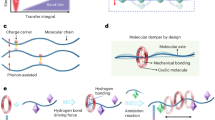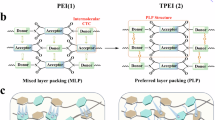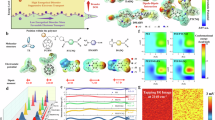Abstract
THE distribution of d.c. electric stress in insulation is controlled by the resistivities of the dielectrics involved. In turn, the resistivity at any point is a function of the temperature at that point. Thus in order to compute the electric stress under d.c. conditions, a knowledge of the variation of the resistivity of the dielectric with temperature after long periods of electrification is necessary. Some data on the properties of polythene have been given by Fowler and Farmer1 and by Ramsey2 ; but the agreement is poor, and in general the published information is scant. Accordingly, it has been necessary to make some measurements on polythene and oil-impregnated paper in connexion with a high-voltage d.c. cable project.
This is a preview of subscription content, access via your institution
Access options
Subscribe to this journal
Receive 51 print issues and online access
$199.00 per year
only $3.90 per issue
Buy this article
- Purchase on SpringerLink
- Instant access to full article PDF
Prices may be subject to local taxes which are calculated during checkout
Similar content being viewed by others
References
Fowler, J. T., and Farmer, F. T., Nature, 171, 1020 (1953).
Ramsey, N. W., Nature, 172, 214 (1953).
Author information
Authors and Affiliations
Rights and permissions
About this article
Cite this article
STANNETT, A., SCHROFF, D. Temperature Coefficient of Resistivity of Polythene and Oil-impregnated Paper. Nature 179, 94 (1957). https://doi.org/10.1038/179094a0
Issue date:
DOI: https://doi.org/10.1038/179094a0



